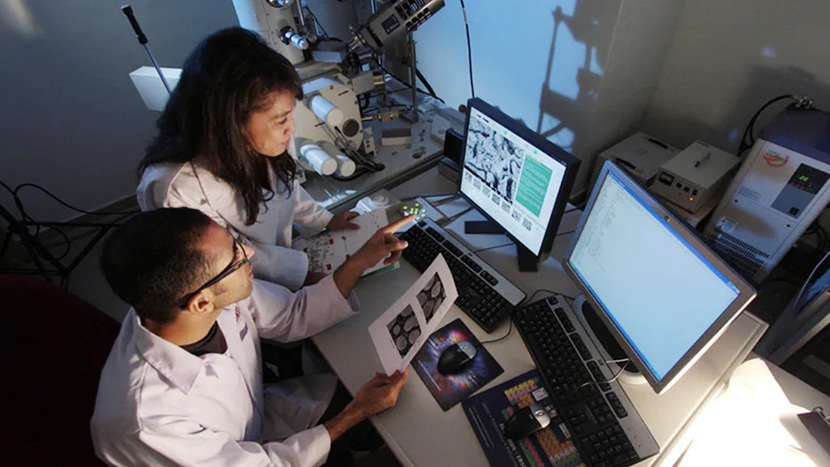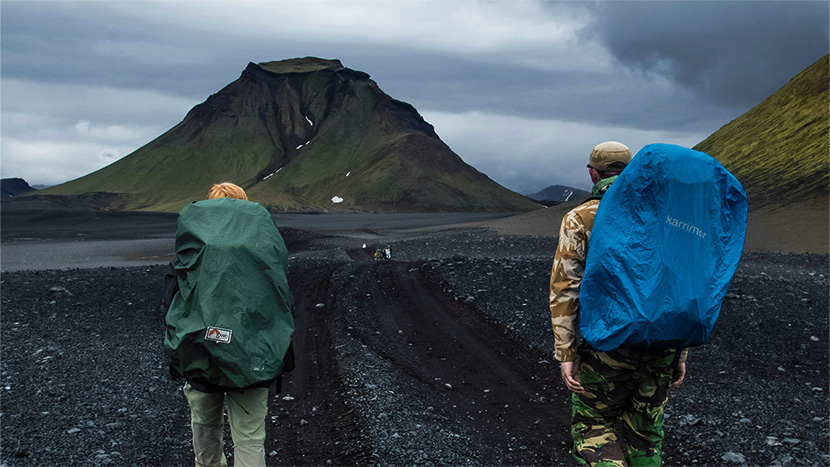With more information at our fingertips than ever before, capturing and holding people’s attention has become a major challenge for educators, businesses, and entertainment platforms. There are countless distractions, and the competition for focus is fierce. To tackle this, many industries are turning to gamification—a strategy that borrows elements from games, like rewards and challenges, to make everyday tasks more engaging.
Gamification isn’t just about fun; it taps into our natural desire to achieve and be rewarded. At its core, gamification taps into the psychological drivers of human motivation. Concepts like reward systems, competition, and achievement are applied to non-game settings, triggering behavioral responses such as the release of dopamine, which fuels our desire to keep participating. Whether it’s used in classrooms, fitness apps, or workplace tools, it has proven to boost engagement and improve outcomes. In fact, the global gamification market is projected to reach $30.7 billion by 2025, showing just how impactful this trend is. In this article, we’ll look at how gamification is transforming industries like science, education, and entertainment.
Gamification in Science Education
Gamification in education draws heavily from behavioral science, particularly in its ability to motivate students to engage with learning materials. The principles of operant conditioning, where rewards reinforce positive behavior, are frequently used to increase engagement. By offering rewards for completing tasks or solving problems, students are encouraged to participate more actively.
For example, platforms like Classcraft transform classroom learning into an adventure, where students earn points for achieving academic goals. This builds a dopaminergic reward loop, encouraging students to continue engaging with the material. According to research published in the Journal of Educational Psychology, students using gamified learning tools showed a 34% improvement in retention rates compared to traditional methods.
One of the most interesting aspects is how adaptive learning systems use data analytics to customize challenges based on student performance, ensuring the difficulty level is optimized for continuous engagement. In Japan, educational tools like Quizlet integrate such features, blending science education with engaging, game-like elements that help students focus and learn at their own pace.
Gamification in Fitness and Well-being Apps
Fitness apps have capitalized on the principles of goal-setting theory and self-determination theory (SDT) to keep users engaged with their health. Behavioral science shows that people are more likely to achieve their fitness goals when they receive positive feedback, set achievable milestones, and feel a sense of autonomy over their progress.
Apps like Fitbit and Nike Run Club use progress tracking, rewards, and social competition to stimulate intrinsic motivation—the internal drive to accomplish tasks for personal satisfaction. By earning badges for completing challenges or competing with friends on step counts, users experience a sense of accomplishment that keeps them coming back for more.
In Japan, fitness apps such as Runtastic combine these elements with cultural nuances, encouraging users to participate in virtual fitness challenges that promote long-term commitment to well-being. Gamification not only enhances engagement but also leads to better outcomes, as people are more likely to stick with their routines when they feel continuously motivated.
Gamification in Workplace Productivity Tools
In the corporate world, gamification has emerged as a powerful tool to boost productivity and foster teamwork. The application of positive reinforcement—rewarding desirable behavior—encourages employees to meet goals and collaborate effectively. Behavioral theories like Herzberg’s Two-Factor Theory help explain why recognition and rewards improve motivation in the workplace.
Platforms like Trello and Asana incorporate game-like elements such as leaderboards, badges, and progress tracking to turn daily tasks into a more engaging process. These systems encourage workers to complete tasks efficiently while fostering a sense of accomplishment and collaboration among teams.
Interestingly, workplace gamification isn’t just about fun; it also helps companies retain talent. According to a study by TalentLMS, 89% of employees said gamification made them feel more productive, while 88% said it made them feel happier at work.
Gamification in Online Casinos and Other Entertainment Platforms
In entertainment, gamification has transformed the way users interact with digital platforms. Whether through video games, streaming services, or online casinos, game mechanics such as reward systems, challenges, and achievements drive user engagement. The combination of variable reward schedules—where rewards are unpredictable and spaced out—keeps users engaged longer, much like it does in video games.
Online casinos are a notable example of gamification at work, though subtly. Industry expert Kazama Shin from the Japanese online casino platform Casinosnavi.com explains, “In online casinos, gamification is used to create a sense of progression and achievement, just like in video games. The loyalty programs and interactive elements draw players in, offering a highly personalized experience.” This technique is part of a broader strategy to increase user engagement across entertainment platforms, including online casino platforms, from mobile games and online casinos to streaming services like Netflix, where personalized recommendations create a sense of discovery and reward.
Japan’s entertainment industry has begun adopting these gamification methods, particularly in online casinos and mobile gaming platforms, where users are offered rewards and milestones to keep them playing.
Conclusion
Gamification, rooted in behavioral science, is transforming how we approach education, fitness, workplace productivity, and entertainment. By leveraging basic psychological principles like motivation, rewards, and competition, industries are creating immersive experiences that keep users engaged. Whether it’s students learning science, professionals tracking fitness goals, or employees tackling workplace tasks, the science behind gamification offers exciting possibilities.
As this trend continues to grow globally, from the U.S. to Japan, we can expect even more innovations that tap into human psychology to make everyday activities more engaging and rewarding. Gamification is not just a fleeting trend—it’s a scientifically backed strategy shaping the future of how we learn, work, and play.

















































































































